

Real Life Incident: Strong Winds Send Berthed Vessel Adrift
A tanker was berthed port side to, with all lines run ashore except for the headlines, which were secured to a mooring buoy. Cargo discharge


A tanker was berthed port side to, with all lines run ashore except for the headlines, which were secured to a mooring buoy. Cargo discharge
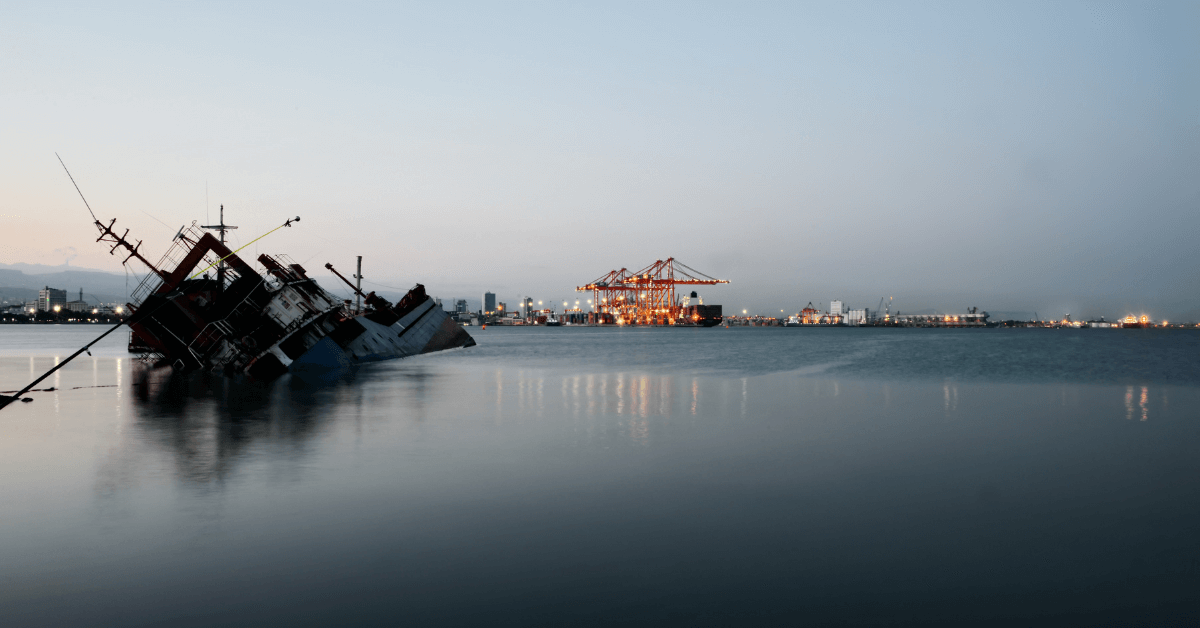

As the vessel’s speed increased and approached 12 knots, another vessel was approaching inbound. The pilots had agreed to a port-to-port encounter. As the two
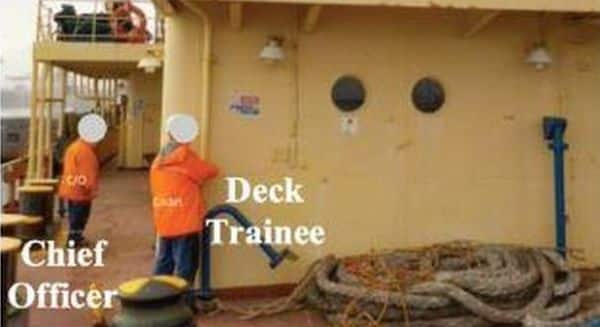

A bulk carrier, loaded to maximum draught, was underway with the main engine running on half ahead. In calm weather, a half ahead engine on this vessel
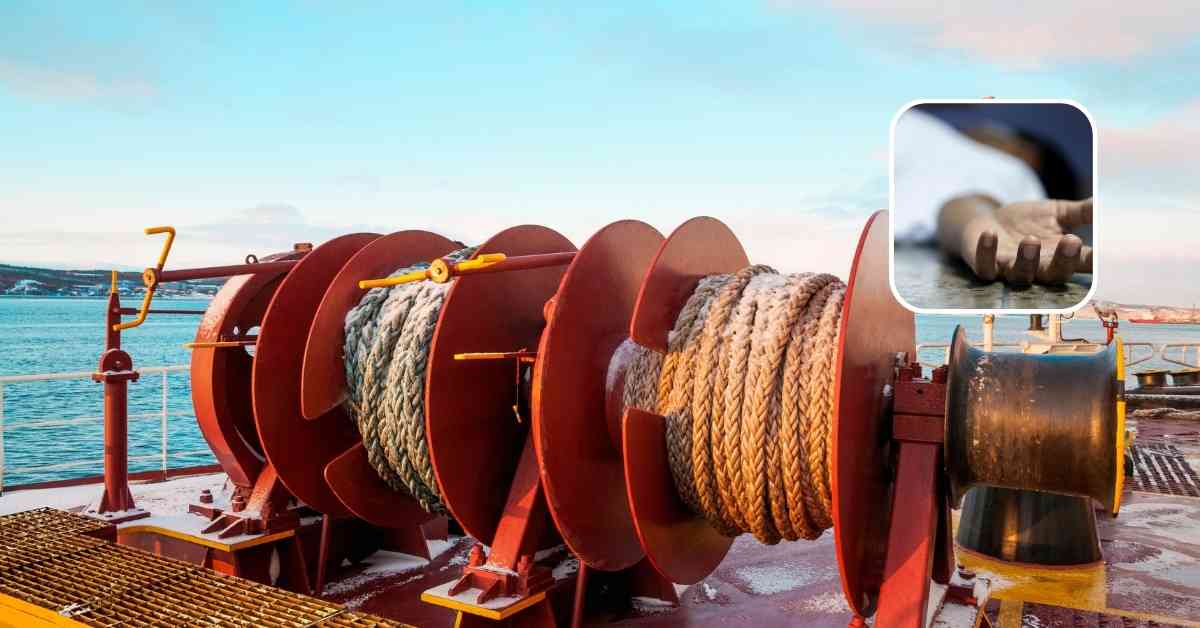

A small coastal cargo vessel had discharged in port and was shifting berth. The Master, controlling the vessel, was in visual and verbal contact with
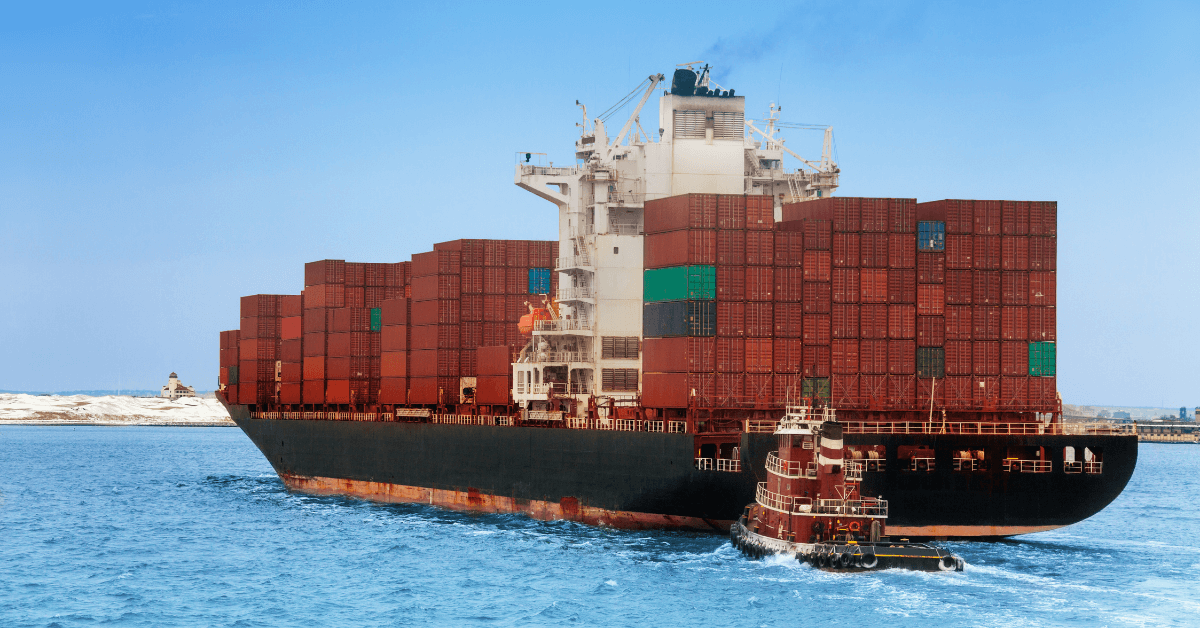

A bulk carrier was departing port with a pilot on the bridge to assist with the undocking and manoeuvre downriver. The operation was also assisted by two
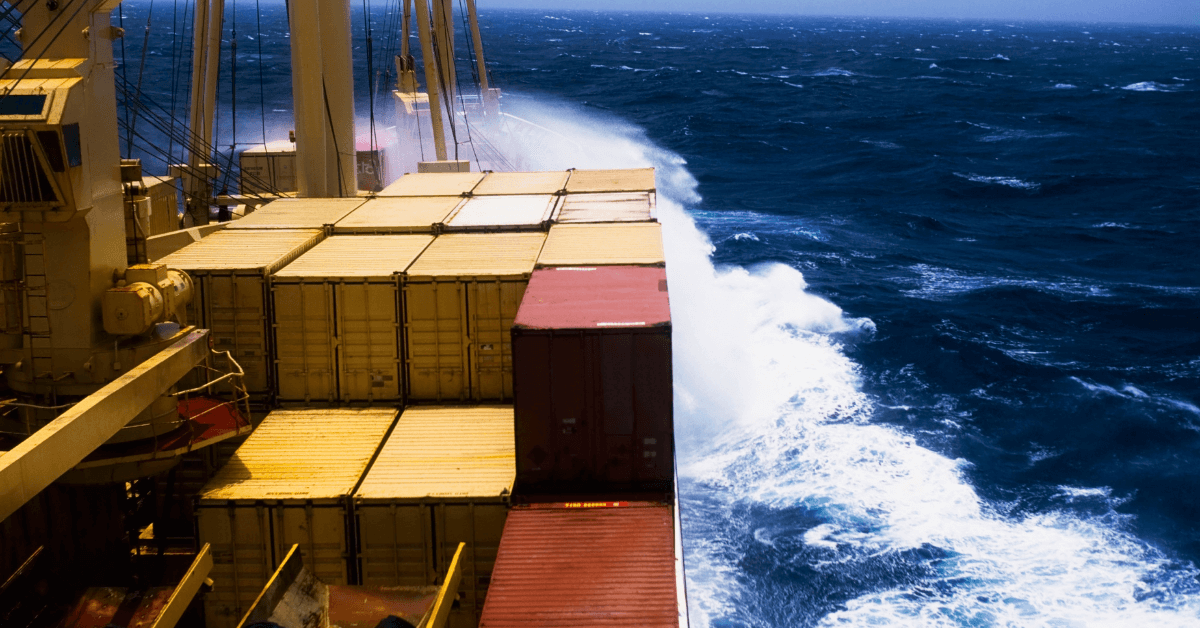

A loaded bulk carrier departed on an eastbound Atlantic crossing in winter. Four days into the voyage and with the weather deteriorating, heavy seas were coming on


A ro-ro cargo vessel was underway. At about 20.00, the engineer of the watch (EOW) left the engine control room (ECR) and started his hourly rounds of


On 28 September 2019, a cargo tank containing styrene monomer on board the Cayman Islands-registered chemical tanker Stolt Groenland ruptured due to runaway polymerisation. The
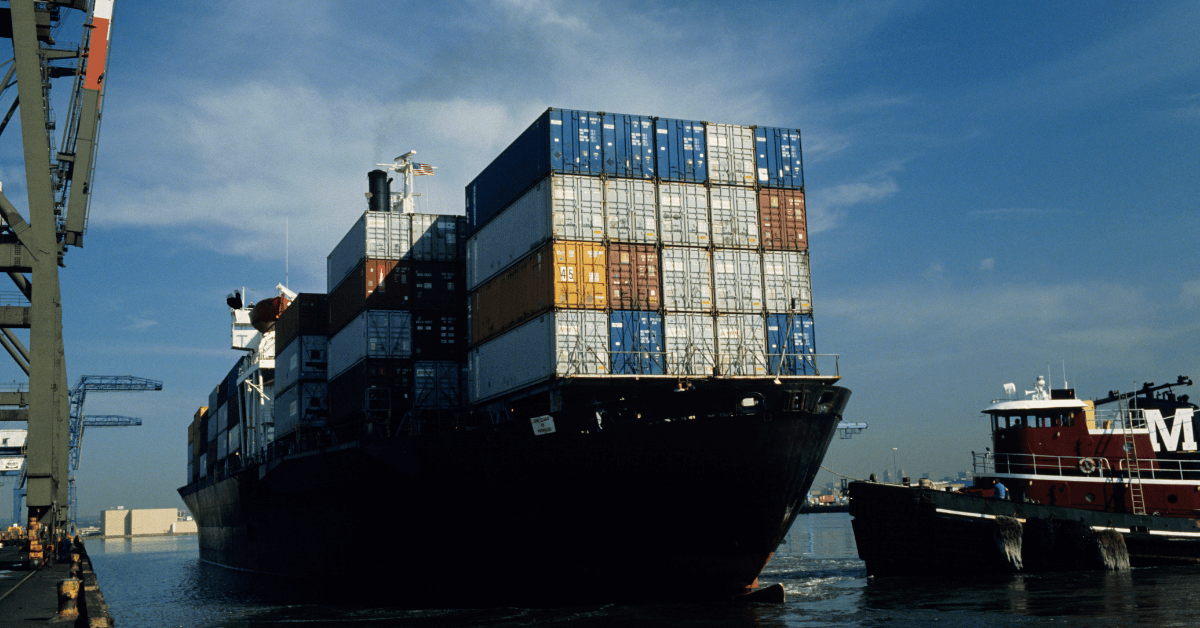

A vessel was proceeding from anchorage to berth under pilotage. Two tugs were providing assistance; one was made fast aft and the other was used


We believe that knowledge is power, and we’re committed to empowering our readers with the information and resources they need to succeed in the merchant navy industry.
Whether you’re looking for advice on career planning, news and analysis, or just want to connect with other aspiring merchant navy applicants, The Marine Learners is the place to be.